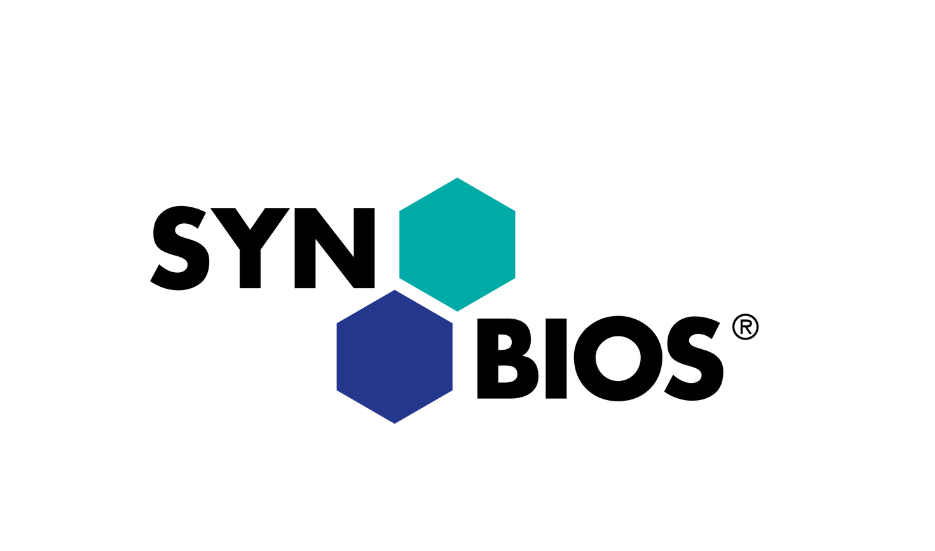The list of chemicals which undergo MRSL testing against the ZDHC MRSL equates to over 140 separate CAS number chemicals. These can be placed into groups of chemicals which can be seen on our MRSL Testing page. A brief description of the hazards and regulations of some of these chemicals can be seen below and part two will be coming soon. Additional details are available to those working with the Chemical Manufacturer, Manufacturers of Materials & Products and Brand & Retailer programmes.
Alkylphenols (AP) Alkylphenol Ethoxylates (APEOs)
Surfactants used in the leather, textile, and paper processing as emulsifiers, wetting agents and penetrators. The issues and hazards associated with them include:
Relevant Chemical Regulations
NPEOs are restricted under Annex XVII of REACH, specifically in leather and textile processing. Other applications are also restricted by the legislation, including industrial cleaning, domestic cleaning, metalworking, pulp and paper manufacture, cosmetics, personal care products, pesticides, and biocides.
On 14th January 2016, the European Commission published a new regulation restricting the use of nonylphenol ethoxylates (NPE) in textile articles amending the Annex XVII entry under REACH regulations. This new restriction takes effect in 2020. The restriction prohibits textile articles that can reasonably be expected to be washed in water during their normal lifecycle from containing NPE’s equal to or greater than 0.01% (100ppm). The restriction applies to any unfinished, semi-finished or finished products comprising of at least 80% textile fibres or any other product containing a part comprising of at least 80% textile fibres including products such as clothing, accessories and interior textiles.
Azo Dyes
A large group of organic dyes that contain Nitrogen in the form of an azo group. They can be found in textile fibres, leathers, plastics and paper. A small number of azo dyes from this group which are on the ZDHC MRSL can form amines which can be harmful. These amines may be:
Relevant Chemical Regulations
Textiles and leather products (that come into contact with the skin) imported into the EU are not allowed to contain azo dyes which release certain aromatic amines. This is laid down in Annex XVII of REACH.
Azo dyes are covered by the EU directive 2002/61/EC which contains a table list of 22 aromatic amines and consumer goods containing azo dyes that, by reductive cleavage of one or more azo groups may release one or more of the aromatic amines listed in the table are forbidden.
Azo dyes are also restricted under China GB Standards for leather/textile. There are 24 amines included in these restrictions.
Phthalates
These are esters of phthalic acid. They are commonly used as plasticisers to add flexibility to materials and are restricted on the ZDHC MRSL. Phthalates can be found in adhesives, coatings and various flexible plastics. The issues and hazards associated with them include:
Relevant Chemical Regulations
Phthalates are heavily regulated globally.
Annex XVII REACH restricts DEHP, DBP and BBP in concentrations greater than 0.1% by weight of the plasticised material in toys and childcare articles. It also restricts DINP, DIDP and DNOP in concentrations greater than 0.1% by weight of the plasticised material in toys and childcare articles which can be placed in the mouth by children.
Phthalates are also restricted under CPSIA and California Proposition 65 as well as other EU and international legislation.
Total Heavy metals
Heavy metals refer to any metallic element that has a high atomic mass. Some heavy metals are poisonous, such as lead and mercury, both of which are found on the ZDHC MRSL. Heavy metals can be found in paints, coatings, plastics and metallic components. The issues and hazards associated with them include:
Relevant Chemical Regulations
Heavy metals are among the most commonly legislated chemicals globally. The combination of the large number of heavy metals which are available, and their toxic effects coupled with the vast array of uses for these metals has resulted in significant EU and international legislation to control and restrict their uses. Among these are REACH regulations, the Toxics in Packaging Clearinghouse (TPCH), California Proposition 65, and metal-specific directives such as nickel regulation which now sits under REACH. EN71, a European standard governing the safety of toys where Part 3 of the regulations covers the migration of elements, is fast becoming the standard to be used for heavy metal safety and assurance for consumer products including leather and leather-based products.
In addition to this, heavy metals are regulated under CPSIA which sets restrictions for the quantity of lead in paint and substrate.
How Chem-MAP® Can Help
Begin your route to responsible Chemistry with Chem-MAP®. Chem-MAP® is a ZDHC approved MRSL verification system which is fully aligned with ZDHC objectives and can provide ZDHC Conformance Level 3. View the MRSL Testing Page to see the packages that Chem-MAP® offers. Also, see MRSL Testing benefits for your company for more information.
Chem-MAP® is the future of chemical management in leather, textile and synthetic materials supply chains. Speak to a Chem-MAP® expert at Eurofins | BLC on +44 (0) 1604 679 999 or email info@chem-map.com

Eurofins | Chem-MAP is proud to announce that Syn-Bios S.p.A has successfully maintained its ZDHC Level 3 status under the latest ZDHC MRSL V3.1 guidelines. This milestone was accomplished in full compliance with Eurofins | Chem-MAP Protocol 5.0 and the latest ZDHC conformity guidelines. “Syn-Bios S.p.A has been a trusted...
Published 13th October 2025 Read more
